PALS Megacode Scenario Simulations on Sinus Tachycardia & SVT (Megacode Practice Paper)
Sinus tachycardia and supraventricular tachycardia (SVT) are two prevalent conditions that pediatric advanced life support (PALS) providers frequently encounter. This practice paper aims to explore the underlying mechanisms, clinical presentations, and management strategies for sinus tachycardia and SVT in pediatric patients. Solve the case scenarios to get the knowledge and skills required to assess and respond to these critical cardiac conditions effectively.
Hurry, don’t let time run out! 5 mins 00 secs
2/10
Good try!
Now you can give it another shot9/10

